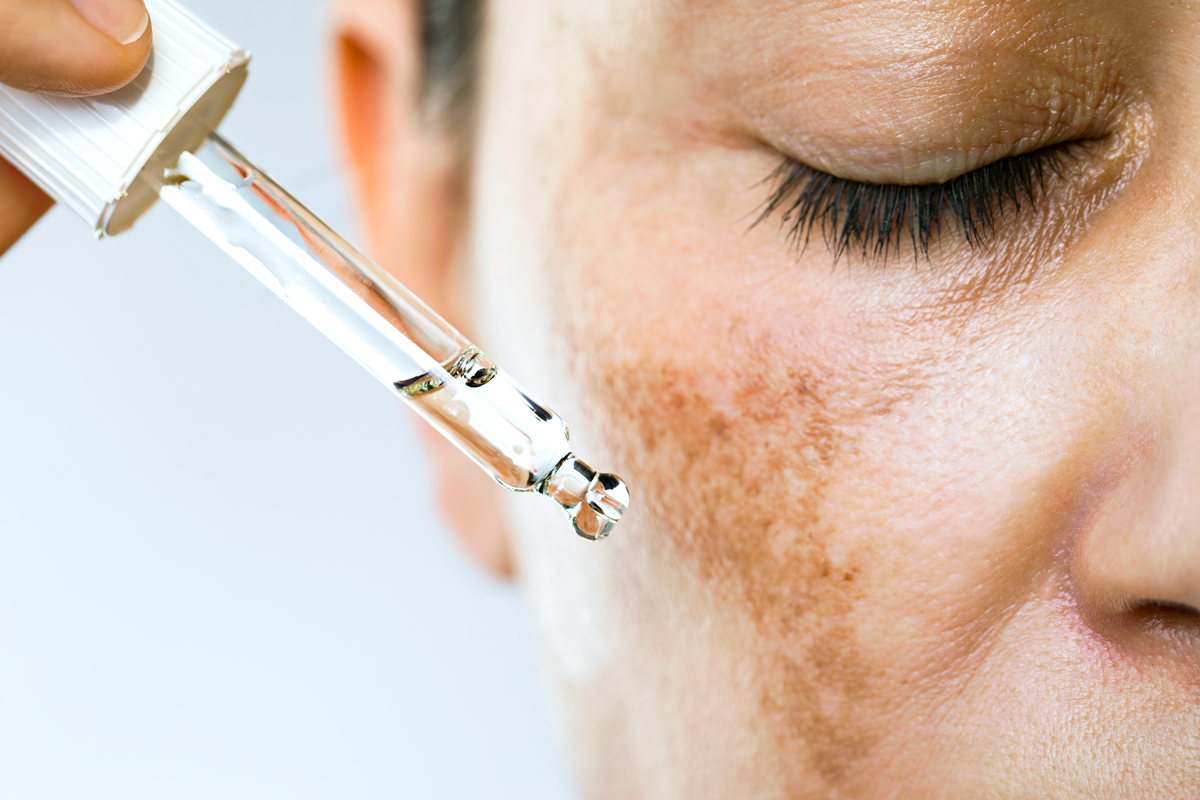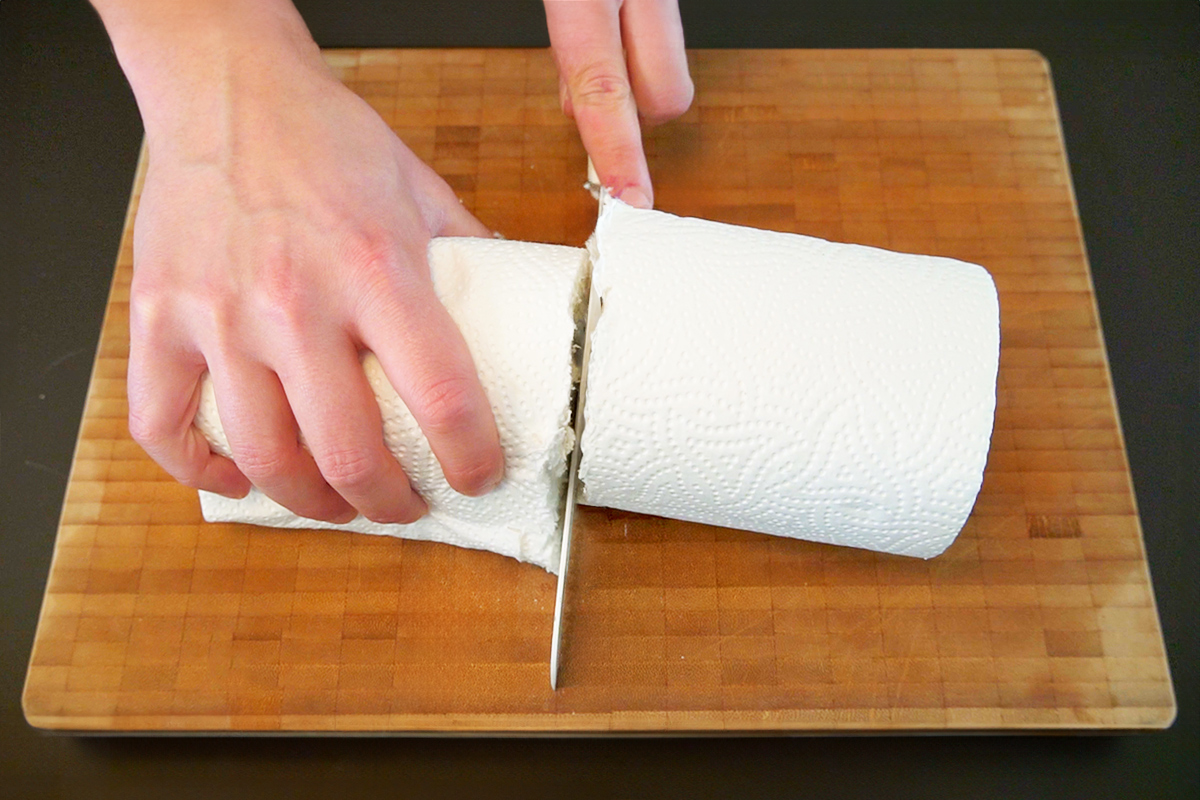We independently evaluate all recommended products and services. If you click on links we provide, we may receive compensation.
If you’re looking to prevent skin discoloration from melasma or sun damage, or reduce inflammation, tranexamic acid is a winner, says S. Manjula Jegasothy, M.D., a board-certified dermatologist and assistant professor at the University of Miami. Research has shown the ingredient to reduce hyperpigmentation as effectively as the previously used hydroquinone, but without the side effects. “At least once a month, I’m reading studies in the medical literature that show tranexamic acid is an effective brightening ingredient and is very safe topically,” Dr. Jegasothy says. “It may be more efficacious than vitamin C, kojic acid, licorice root, and other long-used over-the-counter topical treatments.”
Tranexamic acid has been around for decades, but it was originally used as a drug for bleeding disorders. So why are we now seeing it in topical skin care products? Researchers recently found that the drug inhibited a significant inflammatory agent in the skin (a tissue plasminogen activator) that activates with the UV radiation of sun exposure. “Tranexamic acid works by interrupting the communication of the keratinocyte, the primary cell of the epidermis, to the melanocyte, inhibiting more pigment from being made when the skin is exposed to UV radiation or receives any sort of inflammation stimulus,” Dr. Jegasothy says. She notes that it’s also thought to block the tyrosinase pathway (responsible for producing melanin), like kojic acid and even hydroquinone do, though to a lesser degree.
While studies indicate the ingredient works as a preventative for melasma and dark spots, Dr. Jegasothy says more research is needed to say for sure whether it also works as a corrective to dark discoloration already formed in the skin. However, the dermatologist notes that tranexamic acid “definitely reduces inflammation in the skin.” Most research of the topical has also utilized creams in studies, though Jegasothy sees promise in using the ingredient in a serum form, too. “Considering organic chemistry and acid pH, I would imagine that a serum might be better, due to the mechanism of what it does and because it's more acidic,” she adds.
If you’re looking for a skin care product with the powerhouse in it, try one also made with other proven dark spot correctors, such as vitamin C, kojic acid, and/or licorice root, the dermatologist says (something studies show provides results). For example, Dr. Naana Beauty Cocoa Brightening Gel Mask combines chemical exfoliators with tranexamic acid and licorice extract. Those looking to try the ingredient in serum form will find it paired with encapsulated vitamin C and kakadu plum in Kopari Beauty Star Bright Vitamin C Discoloration Correcting Serum and proprietary skin-brightening ingredients in Alastin A-Luminate Brightening Serum.
Oral medications of tranexamic acid can also be prescribed for melasma patients, but the drug can carry blood-clotting complications when taken in that form. As such, Dr. Jegasothy recommends topical use of tranexamic acid for pretty much anyone aside from those who are pregnant or nursing — a population she suggests should avoid many skin care actives out of caution.
This article is for general informational purposes only.
Affiliate Disclaimer Medical Disclaimer
















 Unique Beauty is free for all users.
Unique Beauty is free for all users.